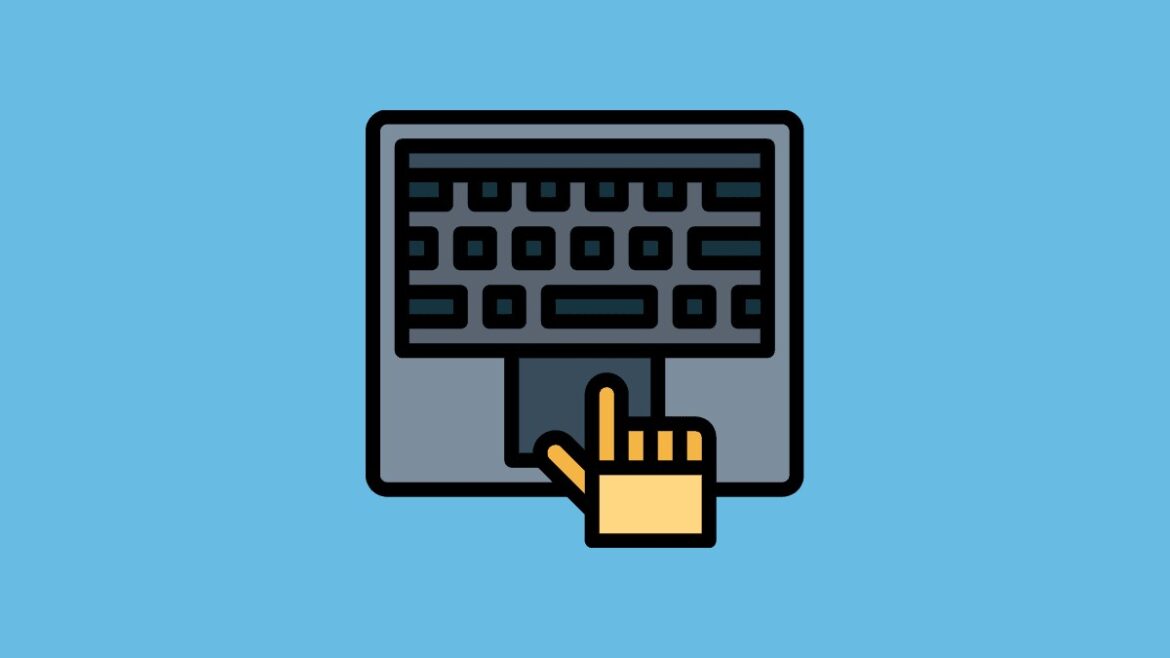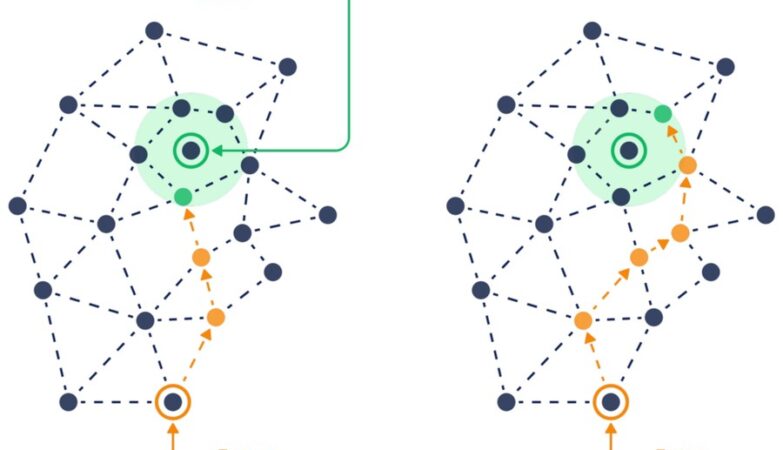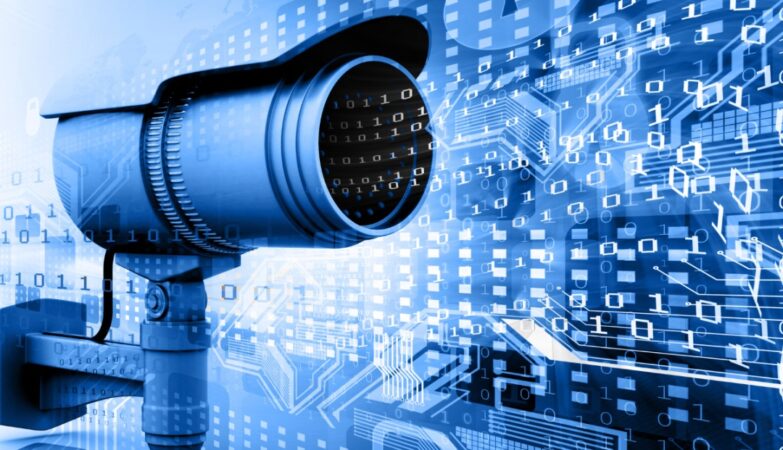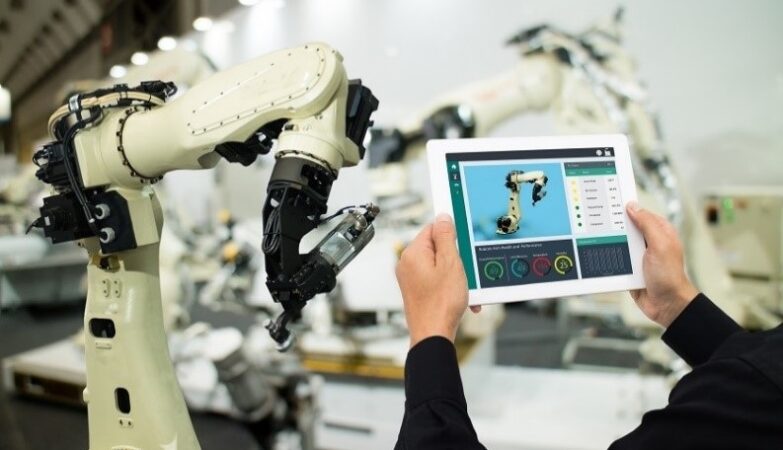PC issues can be frustrating and disruptive, whether they involve slow performance, software errors, or connectivity problems. This comprehensive guide will walk you through common PC problems and their solutions, helping you get your system back on track. Browse this site WindowsFixHub.com
- Identifying Common PC Problems
Before diving into specific solutions, it’s essential to identify the nature of the problem. Here is some of the most common issues users encounter:
- Slow Performance:Often caused by insufficient RAM, too many startup programs, or a cluttered hard drive.
- Software Errors:These can include application crashes, operating system glitches, or malware infections.
- Connectivity Problems:Issues with Wi-Fi, Bluetooth, or other network connections.
- Hardware Failures:Problems with components like the hard drive, memory, or motherboard.
- Improving PC Performance
If your PC is running slowly, follow these steps to improve its performance:
- Clear Temporary Files:Use Disk Cleanup or third-party tools to delete unnecessary files.
- Manage Startup Programs:Disable non-essential programs that start automatically with your PC.
- Upgrade Hardware:Consider adding more RAM or switching to an SSD for faster performance.
- Update Software:Ensure your operating system and all applications are up to date.
- Fixing Software Errors
Software issues can be resolved through several methods:
- Run System Scans:Use built-in tools like Windows Defender or third-party antivirus programs to scan for and remove malware.
- Reinstall Applications:Uninstall and reinstall problematic software to fix corrupted files.
- Use System Restore:Roll back your system to a previous state where it was functioning correctly.
- Update Drivers:Ensure all hardware drivers are up to date to prevent compatibility issues.
- Resolving Connectivity Issues
If you’re facing connectivity problems, try these troubleshooting steps:
- Check Network Settings:Ensure your network adapter is enabled and properly configured.
- Restart Devices:Reboot your router, modem, and PC to reset connections.
- Update Network Drivers:Install the latest drivers for your network adapters.
- Disable Firewall/Antivirus Temporarily:Sometimes, security software can block connections. Disable them briefly to see if it resolves the issue.
- Handling Hardware Failures
When hardware components fail, you’ll need to diagnose and address the issue:
- Run Diagnostic Tools:Use built-in diagnostics (like Windows Memory Diagnostic) or third-party tools to check hardware health.
- Check Connections:Ensure all internal cables and components are securely connected.
- Replace Faulty Parts:If diagnostics indicate a failing component, replace it with a new one.
- Seek Professional Help:For complex issues, consider consulting a professional technician.
- Preventive Measures to Avoid Future Problems
To keep your PC running smoothly, follow these preventive measures:
- Regular Maintenance:Clean your PC physically and digitally to prevent dust buildup and file clutter.
- Backup Data:Regularly back up important files to prevent data loss in case of system failure.
- Install Security Software:Use reliable antivirus and firewall software to protect against malware and cyber threats.
- Stay Updated:Keep your operating system, drivers, and applications up to date to ensure optimal performance and security.
Conclusion
By following this comprehensive guide, you can effectively resolve common PC problems and maintain your system’s health. Regular maintenance and staying informed about potential issues will help you keep your PC running smoothly and efficiently.








